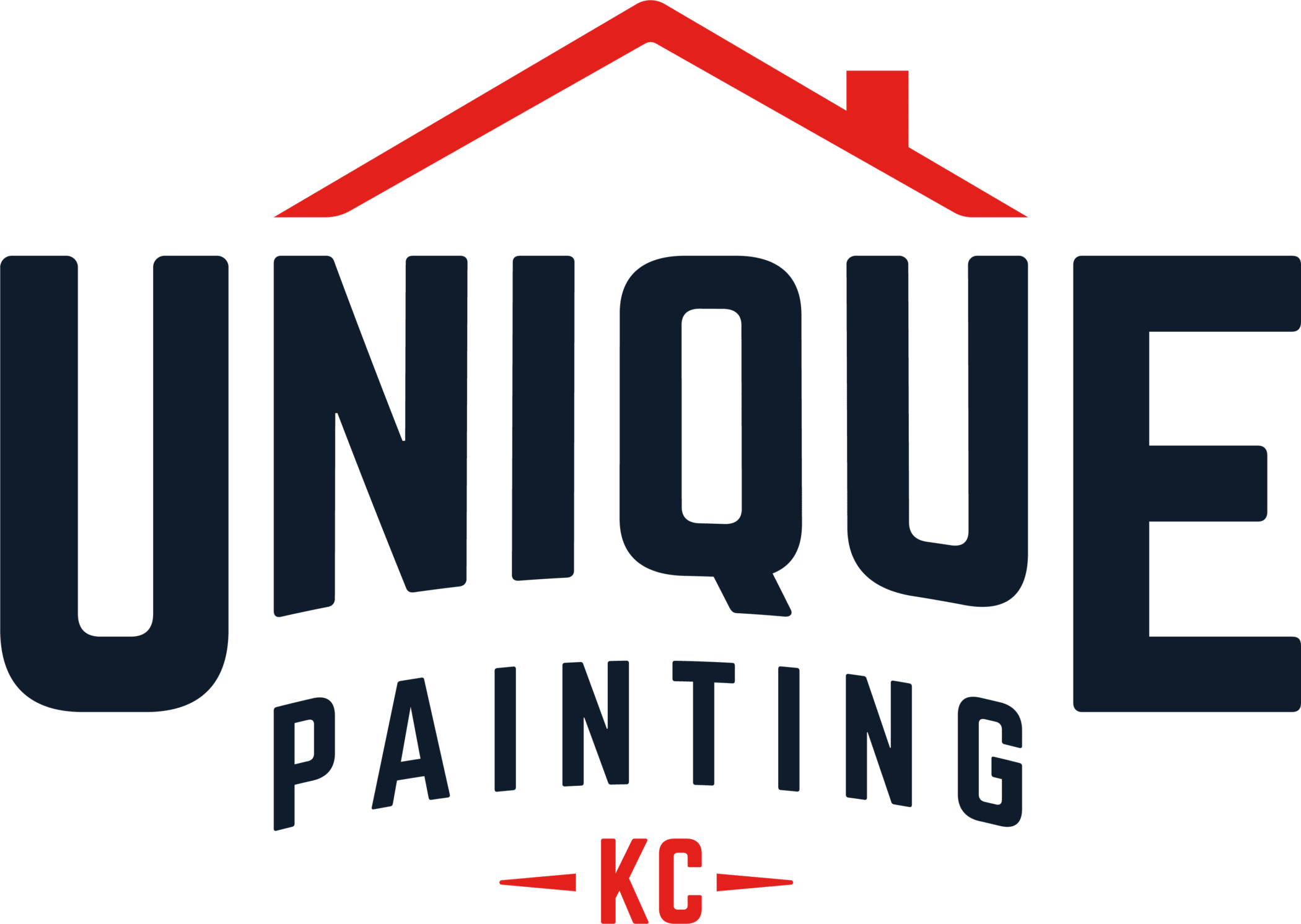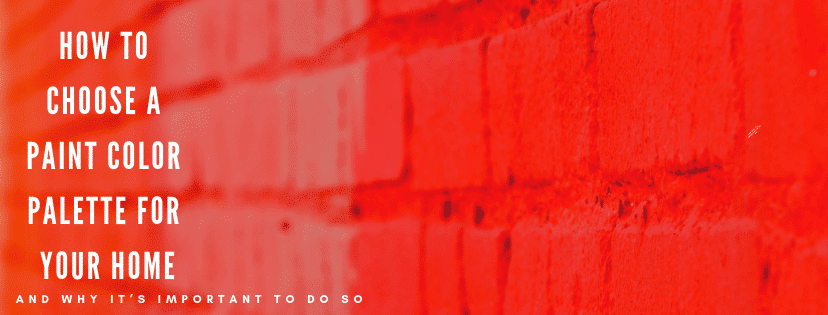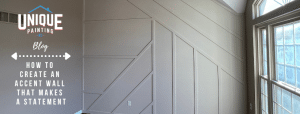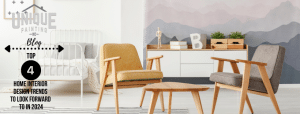Hey, ya’ll! This post is the sister to my last entry, where I gave you 5 tips for choosing paint colors for your home. Today I want to give you some pointers on how to choose a color palette for your home. Why is having a color palette for your home so important, you may ask? Great question, and one I will definitely answer, but first, let’s define exactly what a color palette is. Then we’ll take a quick trip to color theory land (where I promise not to lose you in all the terminology) to explore why using the color wheel to help you choose a palette is a good idea. Sound like a plan, Stan?
What is a color palette? A color palette is simply a collection of colors. A color palette is a platform or a plan you establish to use throughout your home to create flow and cohesion. When creating a color palette for your home, you have to ask yourself a few questions: 1. What items in my house am I not planning to change? This could be flooring, trim, counter tops, cabinets, tile, etc. 2. How do I want the room to feel? Do you want the room to feel warm, sophisticated, cheery, bright? 3. What colors do I love? What colors have you seen on Pinterest, in a magazine, or in another home that your mind keeps going back to? A color palette will usually consist of 3-5 colors that you love, that match the undertone of the items you plan to keep and reflect the mood you want to convey.
During the process of creating a color palette for your home, a color wheel can be your BFF. Three types of schemes you can pull from a color wheel are: Complementary, Monochromatic, and Analogous.
-Complementary colors are opposites on the color wheel (red and green, blue and orange, purple and yellow). They are stand-alone colors, which means they’re not made from each other. If you want a room with lots of color and contrast, a Complementary scheme is right up your alley.
-Monochromatic colors are different tints and shades of the same color. Think of a swatch strip from your local paint store. The top color is the lightest and the colors below gradually get darker. If you’re kind of scared of color or want a clean, airy feel, a Monochromatic color scheme is the ticket.
-Analogous colors are next to each other on the color wheel (red, orange, yellow). They are made from each other, so they work well together. Analogous color schemes tend to be quite calming.
Once you’ve decided on which scheme you’d like to move forward with, using the 60-30-10 rule is pretty fail safe. The dominate color (neutral) is going to be 60% of your palette. This color will join hallways and open living areas. Just remember, neutral doesn’t have to mean gray or beige. Your secondary color will be 30% of your palette, and the last 10% will be your accent color.
Question of the day: So, why is having a color palette for my home such a big deal? Well, there’s this little thing called flow. Flow is essential in making your home décor pleasing to the eye. Each of the colors in your palette can be used in different ways in each room. For example, you may use a turquoise rug in your living room, have a turquoise wall in your dining room, and turquoise towels in your kitchen. The beauty of it is, the turquoise doesn’t have to be exactly the same. A variation of the color works perfectly. By adding a little bit of each color in your palette to each room, though being used in different ways, creates flow.
A color palette, more importantly, gives you a place to start the decorating process, reigns in your options (there are so friggin’ many), and will help you make easier decorating decisions. I start every room I decorate with an anchor piece. That piece serves as my inspiration. A color palette can be created from an anchor piece. You may have a colorful rug that you want to pull the gray, orange and yellow from. From those three colors you can add a lighter gray or a bolder yellow. Your rug just gave you the inspiration you needed to create a color palette for your entire house. Now that your palette has been established, you’ll start looking for pillows and other decor that have grays, yellows and oranges in them. By creating this palette, you’ve streamlined your decorating process. You’ve made shopping for décor much easier, your eye will automatically go to those colors in a store. And having your color palette in your hand during these shopping trips will make color matching a snap. See how easy that was? Having a palette really will simplify your life, from a decorating standpoint at least.
I hope you’ve found this information helpful. Refer to it often and forward it to everyone you know that is currently motivated to paint and/or redecorate.
Next week I’ll be poking the bear a little. I’m going to dip into the arena of meshing styles. I’ve run into this issue too numerous times to count. Spouses working together to create a style they both can live with is always a hot point. This entry should help ease that collaboration and make compromises livable. This should be fun.














